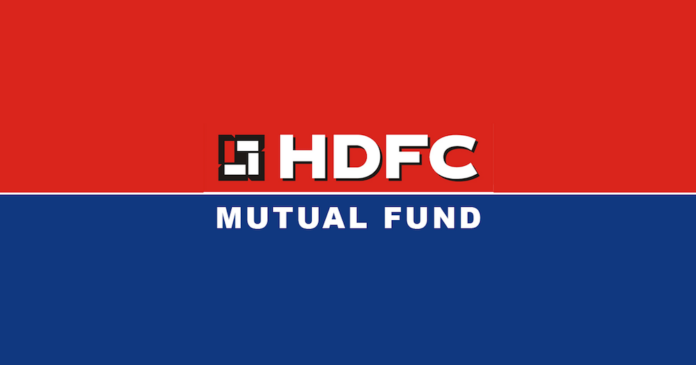Close on the heels of a number of the new-age fund houses that specialize in low-cost passive funds to draw in the new generation of investors, the much older and greater fund houses also seem to be eyeing the passive fund space to enhance their existing active fund offerings.
According to information available with the Securities and Exchange Board of India (SEBI), the fund house, which is thought for its actively managed schemes with huge AUMs, has filed the documents for schemes like HDFC Nifty Growth Sectors 15 ETF, HDFC Nifty IT ETF, HDFC Nifty Next 50 ETF, HDFC Nifty Private Bank ETF, HDFC Nifty100 Low Volatility 30 ETF, HDFC Nifty100 Quality 30 ETF, HDFC Nifty200 Momentum 30 ETF, HDFC NV 20 ETF and HDFC Nifty 100 ETF.
Interestingly, the newest filings have come around a month after Navi open-end fund — founded by Flipkart founder Sachin Bansal — filed a draft document with the capital markets regulator for 11 passive fund schemes including, Pharma open-end investment company, IT open-end fund, Nifty Bank mutual fund, and Nifty Midcap 150 mutual fund, among others.
Another new entrant within the open-end investment company arena, Zerodha, has also stated within the past that it’d launch passive funds so that investors get access to low-cost investment options. Passive funds are those that replicate a specific index by having stocks within the same weightage as that of the index.
This process doesn’t require any active fund management, which also results in lower fund management costs compared to an energetic scheme, wherein the fund manager analyses and picks stocks to maximize returns. The most popular example of a passive fund is an open-end investment company that might be supported the Sensex of Nifty or the other sectoral index.
A Sensex-based fund would have in its portfolio 30 stocks within the same weightage as they’re within the Sensex. There are key differences, though, within the way they’re managed. ETFs, on the opposite hand, usually are passively managed and based more simply on a specific market index.
What’s the everyday average return of an ETF? The benchmark for market returns is that the S&P 500. Typically, the S&P 500 has returned an annualized return of 10% since inception. Therefore, the standard average return of an ETF is around 10%, but individual ETF performance varies counting on the index they’re tracking.
Most funds that provide ETF Shares will allow you to convert from conventional shares of the identical fund to ETF Shares. A modest taxable gain for you. When following a typical index, ETFs are more tax-efficient and more liquid than mutual funds. This may be great for investors looking to make wealth over the end of the day. It’s generally cheaper to shop for mutual funds directly through a fund family than through a broker
Follow and connect with us on Facebook, LinkedIn & Twitter

